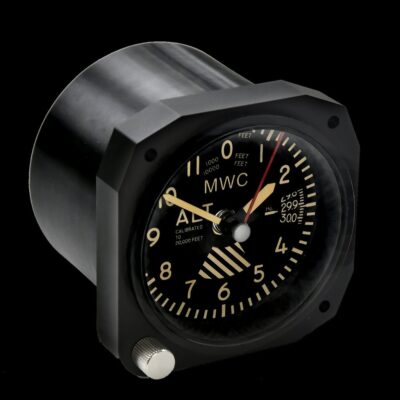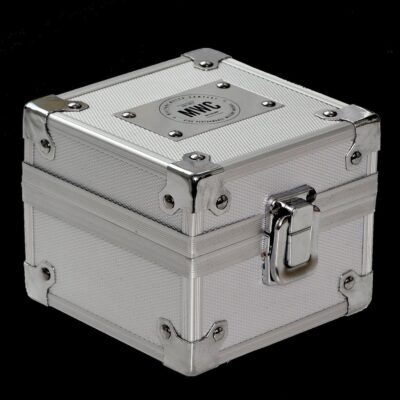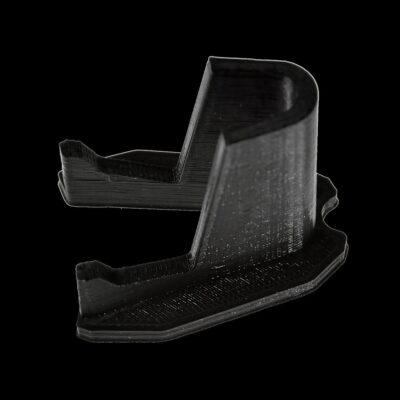News
South Korea’s KF-21 Stealth Fighter Phasing Out American Engines: Can Partnership with Rolls Royce Help?
The United Kingdom is currently pursuing a lobbying effort in South Korea seeking to partner with local industry in the development of a new fighter engine for the KF-21 fifth generation fighter. This partnership will leverage the expertise in fighter engine technologies of British engine and car manufacturer Rolls Royce, which was previously a partner with the American firm General Electric in the development of the F136 engine for the F-35 fighter, before this program was cancelled in the early 2010s. The KF-21 is currently intended to use the General Electric F414 engine, an enhanced derivative of the Cold War era F404 developed for the F-18A/B fighter, which currently powers the F-18E/F Super Hornet fighter and E/A-18G Growler electronic attack jet. The F414’s combination of low maintenance needs and operational costs with a respectable, albeit far from world leading, thrust/weight ratio, has made it a popular powerplant for more conservative fighter programs such as the Swedish Gripen E/F and the Indian Tejas. Both these aircraft use it in single configuration, while the KF-21, like the F-18E/F, will use it in twin configuration.

British efforts to pitch an industrial partnership respond to South Korea’s growing interest in developing a domestic alternative to the F414. Although the South Korean defence sector has substantially reduced its dependance on the United States for components and technologies, the need to develop an indigenous engine has been stimulated by the looming possibility that American restrictions on the export of the F414 will limit possible sales of the KF-21. The United States has previously restricted countries from exporting systems to states to which it seeks to deny specific capabilities, even when inputs from American industry are very minor. An example is its blocking of French sales of Scalp cruise missiles to Egypt in the late 2010s forcing French industry to develop replacements for American inputs.

South Korea faces limited options in seeking non-U.S. partnerships to develop a new engine for the KF-21. Although China has developed an advanced fifth generation level engine comparable in its sophistication to the American F135 powering the F-35 stealth fighter, while Russia is set to soon bring its equivalent AL-51F engine into serial production despite very significant delays in development, pressure from Seoul’s strategic partners in the Western world are expected to forestall the possibility of any such cooperation. South Korean efforts to partner with Russia’s defence sector in the development of a number of projects in the 1990s, which included significant transfers of fighter technologies and possible MiG-29 and Su-37 procurements, were terminated due to pressure from the Untied States. As a NATO member and ally of the United States, however, the United Kingdom could be a more politically viable partner, which although not having developed a comparably sophisticated engine domestically, does benefit from experience working on fifth generation engines as part of its Tier 1 partnership in the F-35 program.












